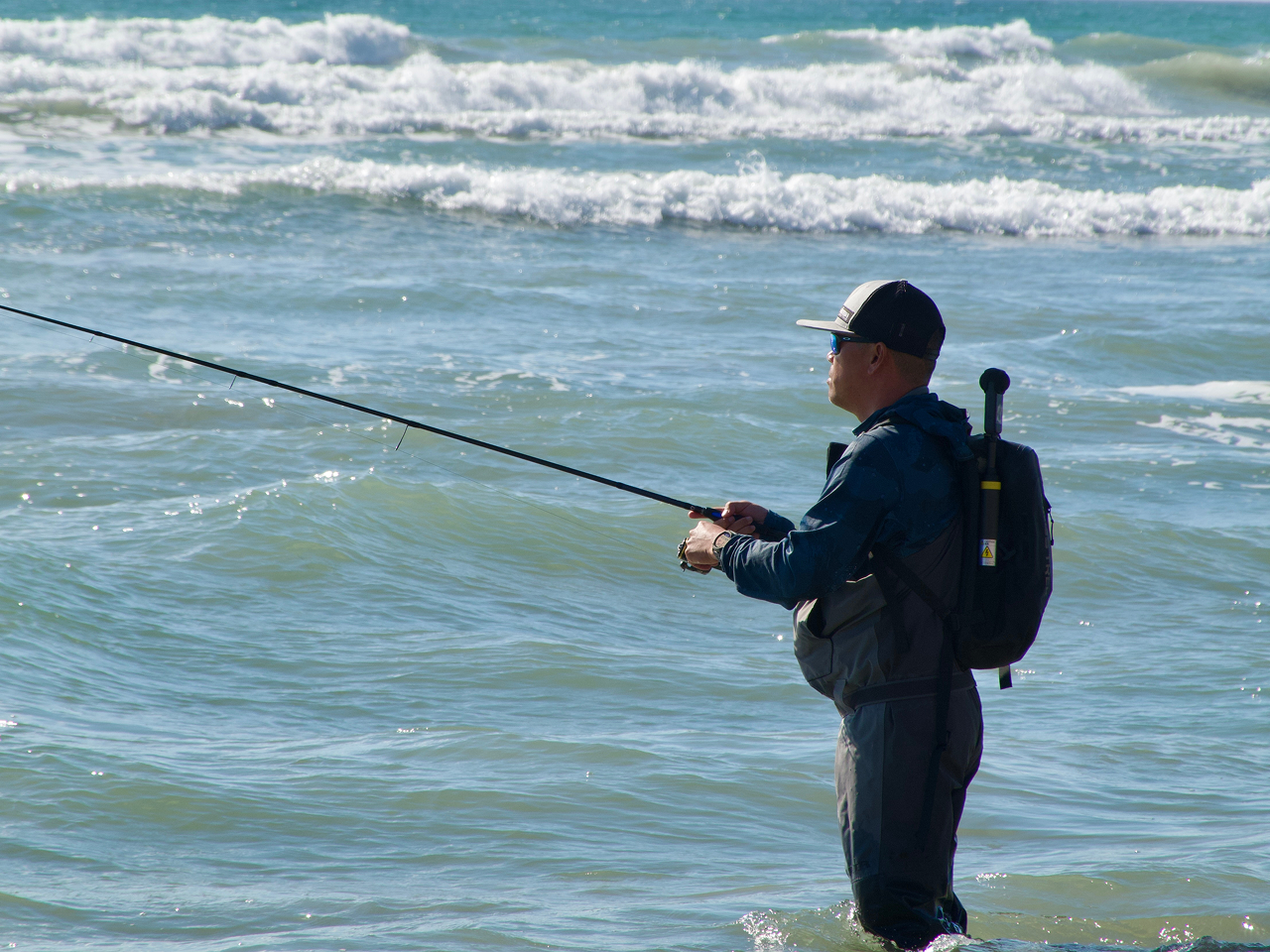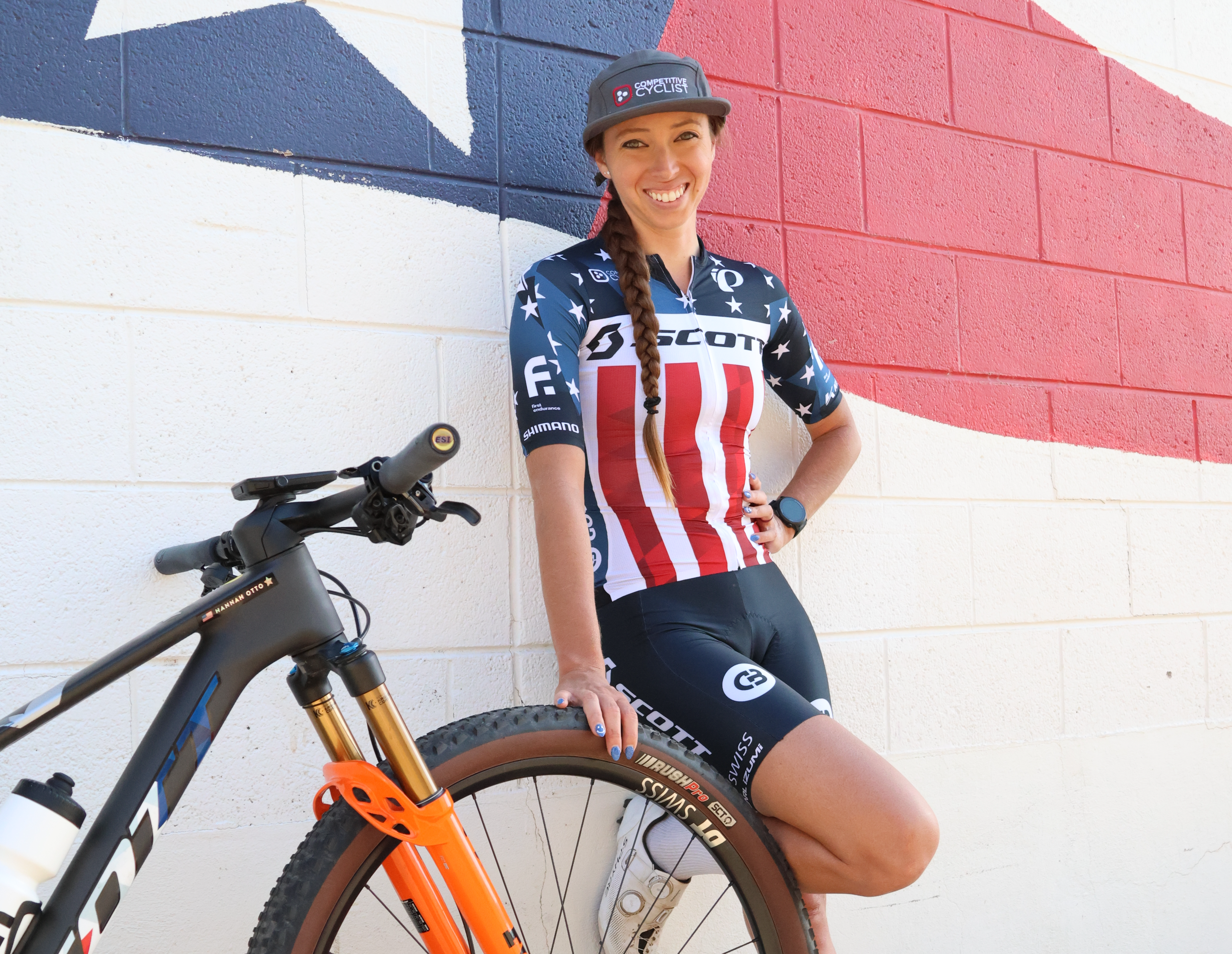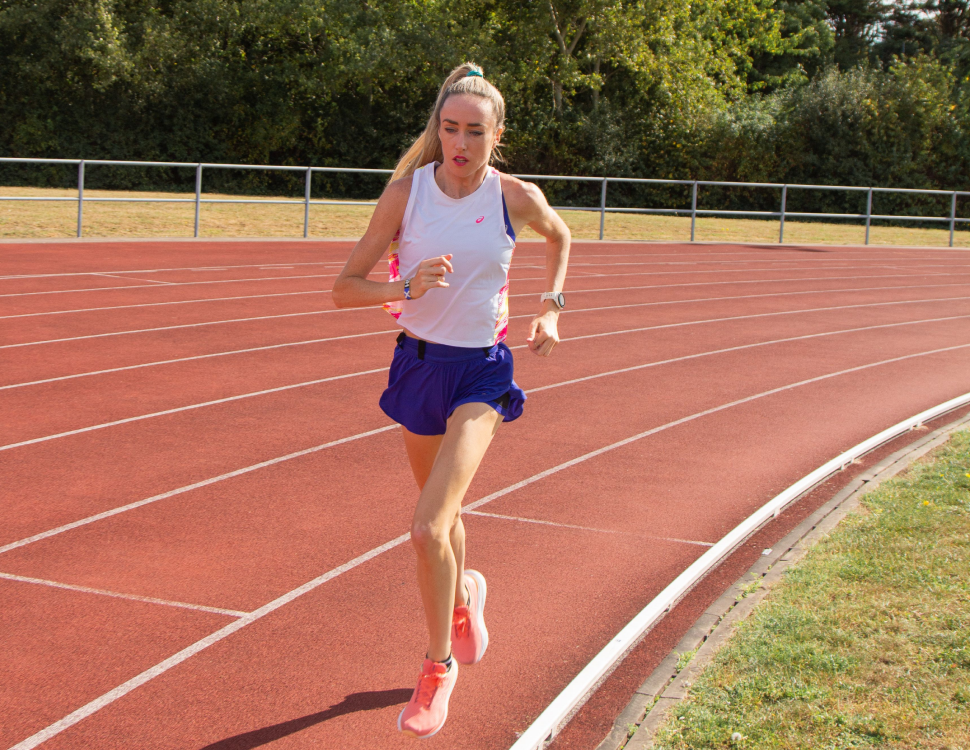Whether you're lacing up your running shoes for the first time or hitting the pavement again after a break, getting started can feel daunting. Knowing where to begin and how to progress towards your goals is half the battle. These tips will help you ease into your routine, avoid injuries, and enjoy the process as you get started on your fitness journey.
1. Building a Gradual Routine
Running, and fitness in general, is a skill that takes time to get better at. At the beginning, you may not be able to run very fast or for very long - and that's okay. Over time, you'll be able to go faster and longer, but not overnight. You may be tempted to do too much too soon, but consistency is always better than hammering a few workouts and needing a week to recover. Over time, the small daily improvements from easy- and moderate-intensity workouts will add up to big results.
Many beginners will start with a mix of walking and running, gradually increasing the running intervals. This approach helps your body adapt and reduces the risk of overdoing it. Some beginners, especially those with a background in other sports, may be able to start without walking. Whatever your starting point may be, the important piece is finding the intensity that is sustainable for the long-term.
Coaches Tip: A common mistake many runners make is taking their easy runs too fast. For a full breakdown, check out our article on easy runs for a deeper breakdown of how to gradually build endurance in a sustainable way.
2. Setting Goals and Planning
Whether it's running a certain distance, duration, or simply maintaining a consistent schedule, having clear objectives helps keep you motivated. Establishing realistic and attainable goals is crucial. Below are a few tips to set goals that will
- Select an Objective: The first step is choosing where you want to end up. This could be race-oriented, like finishing a race distance or hitting a specific time. Some goals aren't centered around a race, like lifting a certain weight or raising your base fitness to a certain level. Regardless of your goal, it's important to have a clear finish line. Vague goals like "Get Fitter" or "Get Faster" are subjective, and it's not clear when you've reached them. Try outlining a specific objective that has an identifiable finish line.
- Set a Timeline: Next is identifying when you want to achieve the goal. If you have a race picked out, this part is easy. It's just the date of the race! If you have a goal that isn't race-oriented, pick a deadline you'd like to achieve it by. This will keep you accountable. It's much harder to put off your goals when you have a deadline to meet!

A training calendar with planned race dates added
- Break it Down: Just like your fitness, achieving your goals won't happen overnight. You'll need to take lots of small steps towards that goal before reaching it. This is called "The Process". It's good to identify the smaller things you need to do on a daily basis to work towards your goal. This can be the most difficult part of setting a goal, so if you're having trouble breaking your goal into smaller steps, COROS Coaches is here to help! Send an email to coach@coros.com and we can help you build a personalized process to reach your goals!
- Track Your Progress: Typically, the process is full of trackable things you can use to monitor your progress. COROS provides plenty of stats like Training Load, Base Fitness, or Running Fitness that can be useful to track. By tracking your progress, you can know how far you've come, and how far you have left to go.
3. Focusing on Recovery
Exercise and recovery are two sides of the same coin, so treat recovery as a part of your training. Some soreness is normal, especially at first, but it is important to listen to your body. Pay attention to any signs of discomfort or pain, and adjust accordingly to avoid injury. Ensure you have rest days planned in your schedule and aim for good-quality sleep each night.
COROS offers several recovery metrics to help you identify the signs your body is sending you. Tools like the recovery timer, resting heart rate, and HRV can all provide great insights. These can help you make smart decisions on your recovery to ensure your training stays on the right track.
4. Incorporating Warm Ups and Cool Downs
These two are often overlooked in running, sometimes due to time constraints or a desire to just get straight to the action. Both warm ups and cool downs have a key place in training, though. Warming up prepares your muscles for activity, allowing you to perform better during the session. If you're looking to learn how to warm up, check out this article about the dynamic warm up routine. Meanwhile, cooling down after a run helps prevent stiffness and aids recovery. Cool downs are also quick and easy, often as simple as a 5-minute walk after you finish your workout.
Starting or returning to running is a commendable step towards better health and fitness. It can also be a fun and exciting journey. By following these tips, you'll set a solid foundation for a rewarding and sustainable running routine. Happy running!

/filters:quality(90)/fit-in/970x750/coros-web-faq/upload/images/7b963cde388bfd06d23ce397fc116d91.png)





